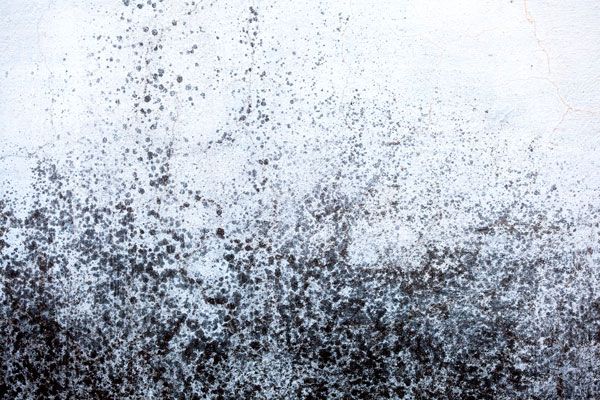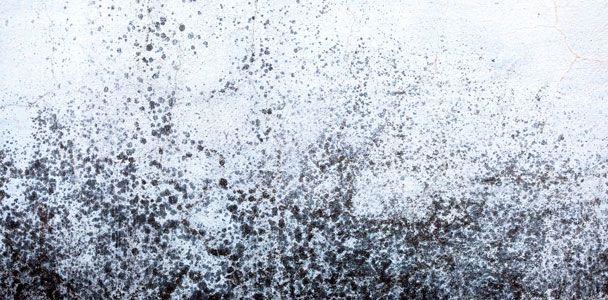
Published June 6, 2015
Mold infestations after natural disasters such as floods and hurricanes are threatening enough. However, the bigger danger for the entire population is the mold lurking where you can’t see it. Exposure can cause a host of health problems, such as severe allergic reactions, chronic lung illnesses, infections, and more, according to the Centers for Disease Control and Prevention.
A new documentary called MOLDY, produced by Bulletproof Films and Dave Asprey, founder of Bulletproof, discusses how rampant mold toxins are in our homes, how to recognize their presence, and ways to eradicate them. It also describes the symptoms indicating you may have a mold-related health problem and provides ways you can heal yourself after exposure. The film features people who have suffered mental and physical health issues after moving into moldy houses.
Asprey was inspired to create the film because of his own health struggles with toxic environmental mold exposure. “I hope MOLDY helps hundreds of thousands of people avoid what happened to me when I lived in a moldy basement as a small child,” he says.
Here, Asprey shares four takeaways from MOLDY every homeowner should be aware of. Watch the one-hour film for free through June 13, after which you can buy it on DVD or as a digital download.
1. If you can’t see it, that doesn’t mean you’re safe
According to experts in MOLDY, more than half the houses in the U.S. have mold problems, and 28 percent of the population have genes that make them highly susceptible to mold-related health issues. Environmental mold is a far bigger concern than asbestos or lead paint, and it affects us all, says Asprey. We usually can’t see it growing, because it grows inside of drywall. The top places it lurks are behind improperly installed showers, in leaking roofs, and in crawl spaces with poor air circulation.
2. Our homes were built to grow mold (unfortunately)
When combined with water, common building materials like wood and drywall are the perfect environment for growing mold. Experts in MOLDY say that at least 50 percent of homes have water damage. Asprey warns that toxic molds bloom quickly after the smallest damage: a pinhole leak in a water line, a moisture vapor with a tear in it, a leaking shower, condensation under the eaves, or water pooling in your crawl space.
3. Proper construction practices can prevent mold
As if you needed another reason to follow the pro advice on TOH, Asprey advises that the easiest thing to help prevent mold growth is to build houses right in the first place.
4. Your doctor might not realize the source of your ailment
Asprey hopes his film will motivate physicians to ask patients about their living environments to help properly diagnose mold issues. The quality of the air in our homes has a direct affect on the quality of our lives.

